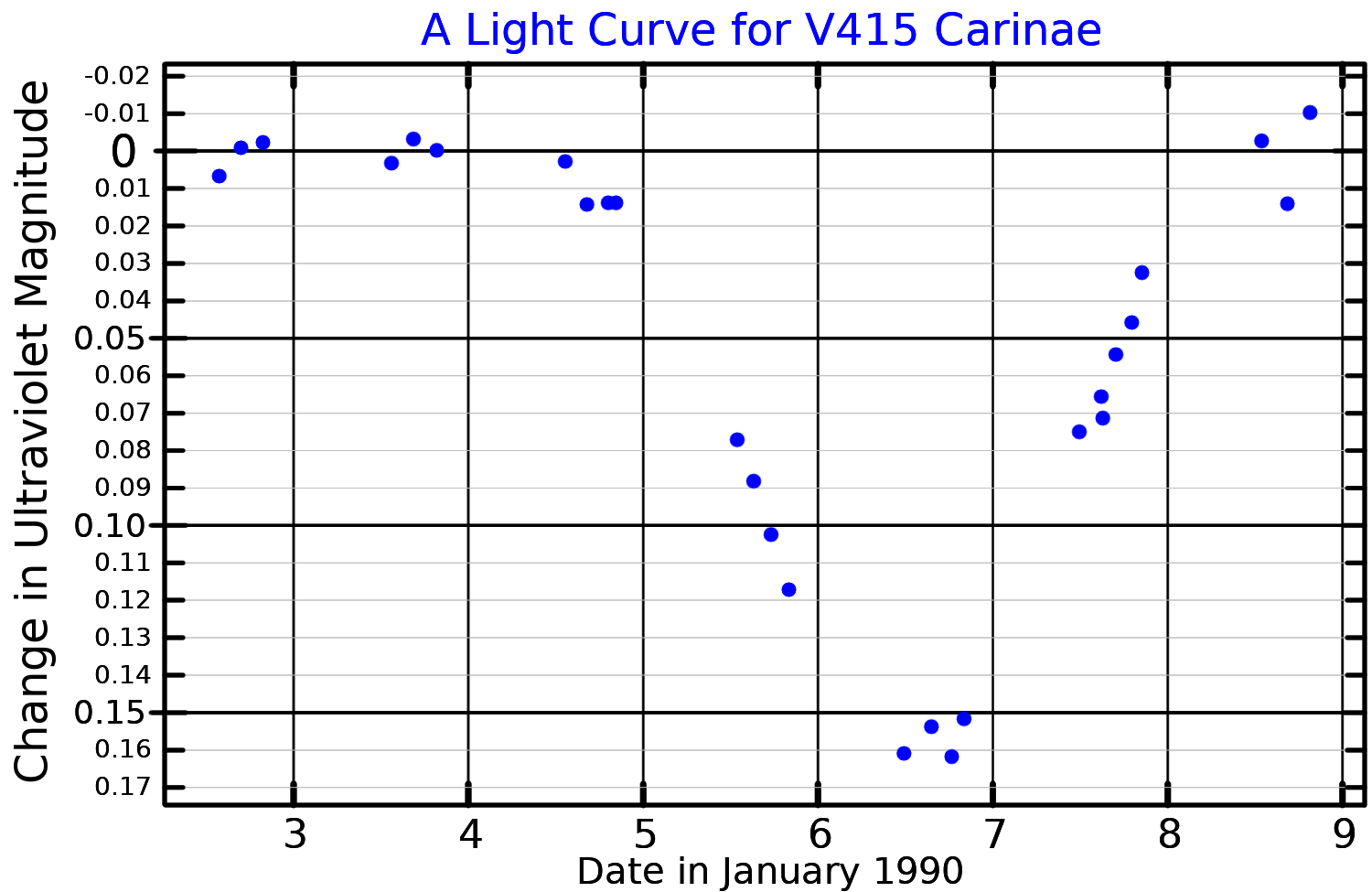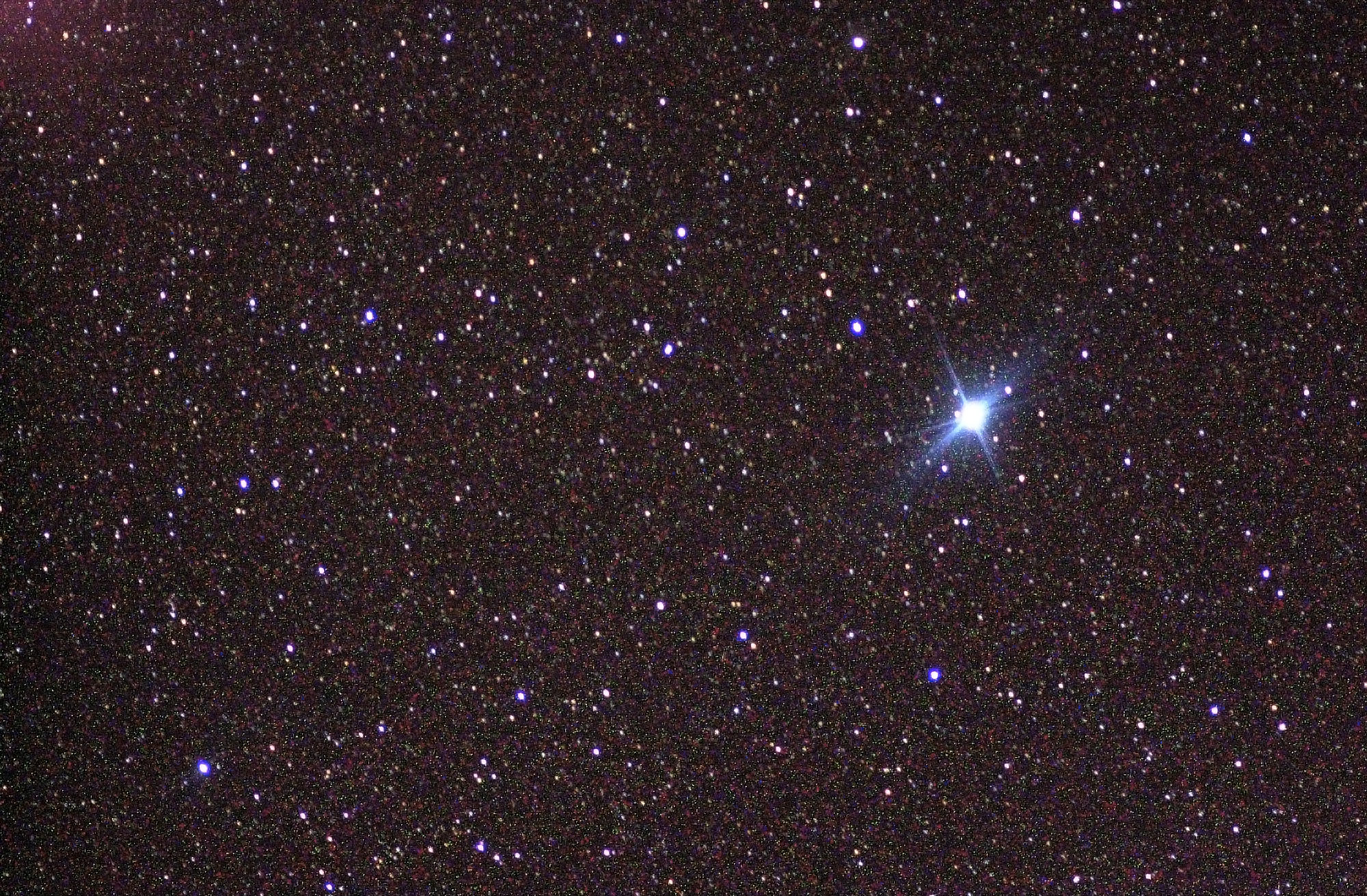|
A Carinae
The Bayer designations A Carinae and a Carinae are distinct. Due to technical limitations, both designations link here. For the star * A Carinae, V415 Carinae * a Carinae, V357 Carinae V357 Carinae (a Car, a Carinae) is an astrometric and spectroscopic binary in the constellation Carina. It is approximately 419 light years from Earth. The mean apparent magnitude of the system is +3.43. Location The star appears ... See also * α Carinae {{SIA, astronomical objects Carinae, A Carina (constellation) ... [...More Info...] [...Related Items...] OR: [Wikipedia] [Google] [Baidu] |
Bayer Designation
A Bayer designation is a stellar designation in which a specific star is identified by a Greek or Latin letter followed by the genitive form of its parent constellation's Latin name. The original list of Bayer designations contained 1,564 stars. The brighter stars were assigned their first systematic names by the German astronomer Johann Bayer in 1603, in his star atlas '' Uranometria''. Bayer catalogued only a few stars too far south to be seen from Germany, but later astronomers (including Nicolas-Louis de Lacaille and Benjamin Apthorp Gould) supplemented Bayer's catalog with entries for southern constellations. Scheme Bayer assigned a lowercase Greek letter (alpha (α), beta (β), gamma (γ), etc.) or a Latin letter (A, b, c, etc.) to each star he catalogued, combined with the Latin name of the star's parent constellation in genitive (possessive) form. The constellation name is frequently abbreviated to a standard three-letter form. For example, Aldebaran in the constellation ... [...More Info...] [...Related Items...] OR: [Wikipedia] [Google] [Baidu] |
V415 Carinae
HR 2554, also known as V415 Carinae and A Carinae, is an eclipsing spectroscopic binary of the Algol type in the constellation of Carina whose apparent visual magnitude varies by 0.06 magnitude and is approximately 4.39 at maximum brightness. Its primary is a G-type bright giant star and its secondary is an A-type main-sequence star. It is approximately 553 light-years from Earth. HR 2554 A The primary component, HR 2554 A, is a yellow G-type bright giant with a mean apparent magnitude of +4.4. HR 2554 B The secondary component, HR 2554 B, is a white A-type main-sequence dwarf, about three magnitudes fainter than the primary. HR 2554 binary system HR 2554 has two components in orbit around each other, making it a binary star. The semi-major axis of the secondary's orbit is 2.17 arcseconds. The two components regularly eclipse each other, making A Carinae a variable star A variable star is a star whose brightness as seen from Earth (its apparent magnitude) c ... [...More Info...] [...Related Items...] OR: [Wikipedia] [Google] [Baidu] |
V357 Carinae
V357 Carinae (a Car, a Carinae) is an astrometric and spectroscopic binary in the constellation Carina. It is approximately 419 light years from Earth. The mean apparent magnitude of the system is +3.43. Location The star appears 46.0' (0.7668°) ENE of Iota Carinae at the heart of the asterism and constellation which is skewed in having bulk of the stars away from the eastern, Canopus prow of the ship and close to the imagined sails of the ship, Vela. Variability V357 Carinae is a probable variable star; its brightness varies from magnitude +3.41 to +3.44 with a period of 6.74 days, which is its orbital period. It was classified as an eclipsing binary A binary star is a system of two stars that are gravitationally bound to and in orbit around each other. Binary stars in the night sky that are seen as a single object to the naked eye are often resolved using a telescope as separate stars, in ... in Gaposchkin's original catalogue of variable stars, alth ... [...More Info...] [...Related Items...] OR: [Wikipedia] [Google] [Baidu] |
Alpha Carinae
Canopus is the brightest star in the southern constellation of Carina and the second-brightest star in the night sky. It is also designated α Carinae, which is Latinised to Alpha Carinae. With a visual apparent magnitude of −0.74, it is outshone only by Sirius. Located around from the Sun, Canopus is a bright giant of spectral type A9, so it is essentially white when seen with the naked eye. It has a luminosity over 10,000 times the luminosity of the Sun, is eight times as massive, and has expanded to 71 times the Sun's radius. Its enlarged photosphere has an effective temperature of around . Canopus is undergoing core helium burning and is currently in the so-called blue loop phase of its evolution, having already passed through the red-giant branch after exhausting the hydrogen in its core. Canopus is a source of X-rays, which are likely being emitted from its corona. The prominent appearance of Canopus means it has been the subject of mythologic ... [...More Info...] [...Related Items...] OR: [Wikipedia] [Google] [Baidu] |
Bayer Objects
Bayer AG (, commonly pronounced ; ) is a German multinational pharmaceutical and biotechnology company and one of the largest pharmaceutical companies in the world. Headquartered in Leverkusen, Bayer's areas of business include pharmaceuticals; consumer healthcare products, agricultural chemicals, seeds and biotechnology products. The company is a component of the Euro Stoxx 50 stock market index. Bayer was founded in 1863 in Barmen as a partnership between dye salesman Friedrich Bayer and dyer Friedrich Weskott. As was common in this era, the company was established as a dyestuffs producer. The versatility of aniline chemistry led Bayer to expand their business into other areas, and in 1899 Bayer launched the compound acetylsalicylic acid under the trademarked name Aspirin. In 1904 Bayer received a trademark for the "Bayer Cross" logo, which was subsequently stamped onto each aspirin tablet, creating an iconic product that is still sold by Bayer. Other commonly known p ... [...More Info...] [...Related Items...] OR: [Wikipedia] [Google] [Baidu] |



